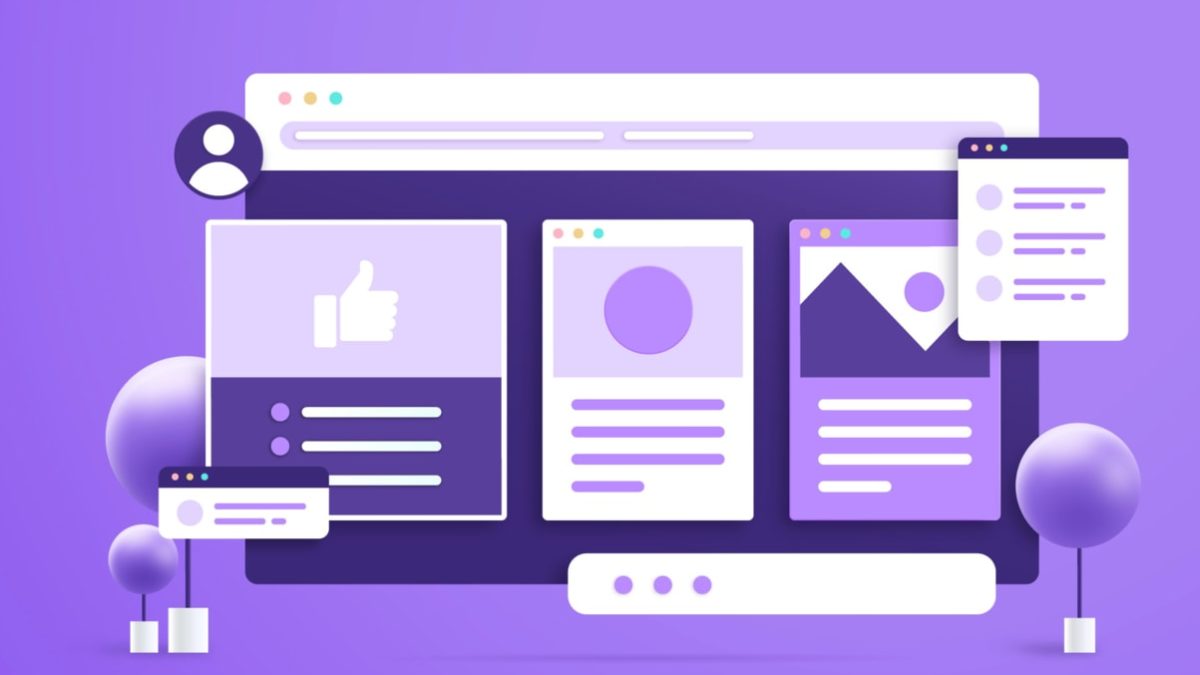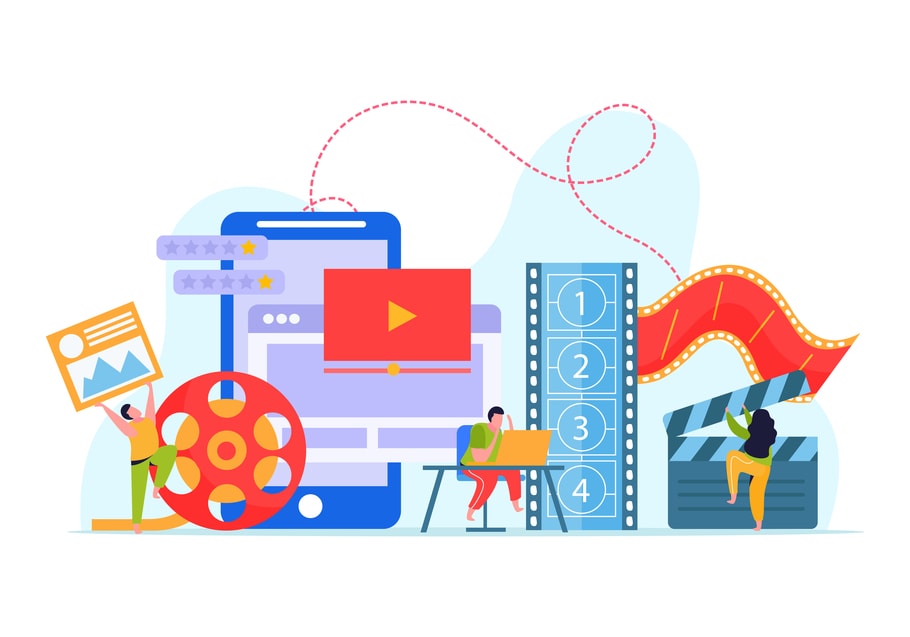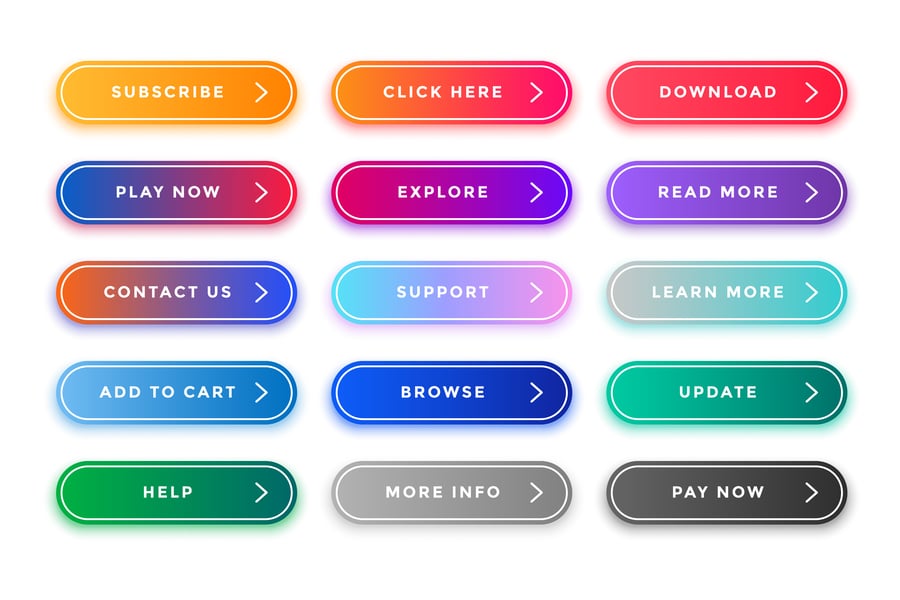As a business owner, you know driving traffic to your website is key to success. But what happens when people get there? Are they greeted with a well-designed landing page encouraging them to take the next step? Or are they met with chaos and confusion? To ensure your visitors have a positive experience on your site, follow these landing page dos and don’ts.
What is a Landing Page?
A landing page is a stand-alone web page created specifically for marketing or advertising. It’s where a visitor “lands” when clicking on a link from an email, advertisement, social media post, etc.
Creating an effective landing page can be key to generating leads and converting visitors into customers or subscribers. Landing pages are designed with a single focused goal, known as a call to action (or CTA).
There are many different types of landing pages, and they can be used for various purposes. For example, you might create a landing page to promote a new product or service, capture leads for a newsletter or ebook, or even redirect visitors to another page on your site.
Why are Landing Pages Important?
A well-designed landing page can differentiate between a successful online marketing campaign and a flop. Landing pages are designed to capture leads and convert them into customers. The best landing pages are relevant to the user’s search query, offer a clear value proposition, and are easy to navigate.
There are a lot of reasons why you should have a landing page:
Increase your conversion rate
The first and foremost reason for having a landing page is to increase your conversion rate. By having a dedicated landing page for your marketing campaigns, you can funnel all your traffic to one place and increase the chances that they will take the desired action. As your target audience lands on your page, they should be clear about what you want them to do and why they should do it. Plus, a brief description of what they will get in return. Because we know to draw attention, you first need to arouse interest. So, give them a reason to stay on your page.
Do you want to build effective landing pages that convert visitors into customers?
Contact Growth Hackers
Generate leads
Another reason for having a landing page is to generate leads. If you’re running a lead generation campaign, your goal is to collect contact information from users in exchange for something of value. This could be a white paper, an ebook, or a coupon code. Your landing page should contain a form that allows users to input their contact information. Unlike any other website page, the sole purpose of a lead generation landing page is to generate leads.
Track your marketing campaign’s progress and performance
If you’re running a marketing campaign, tracking its progress and performance is important. By having a dedicated landing page for your campaign, you can easily see how many people are visiting your page, how long they stay on the page, and what actions they take. Your landing page’s direct visitors should be increasing over time, and you should see a decrease in your bounce rate. This information is crucial for understanding what’s working and what’s not working with your campaign. The split testing feature in Google Analytics can also help you determine which landing page version is performing better.
Ensure that your visitors are relevant to your product or service
If you’re selling a product or service that’s not relevant to your target audience, they will not buy it. Make sure that the people who land on your page are those who are interested in what you’re offering. Like if there are links to your site from an article about gardening tips, but your page sells car parts, you’re not going to make any sales. So all the other links and content on your page should be carefully chosen to appeal to your target audience.
Segment your website traffic
By segmenting your website traffic, you can better understand your site’s visitors and why. You can use this information to create targeted marketing campaigns more likely to convert. For example, if you know that most of your website visitors are men aged 25-34, you can target your marketing efforts to this demographic.

Test different marketing strategies
A landing page is a perfect place to test different marketing strategies. You can see which strategy is more effective by creating multiple landing pages, each with a different offer or call-to-action. You can also A/B test your landing pages to see which version of the page converts at a higher rate.
Dos of Creating a Landing Page
Now that you know the reasons behind a landing page, it’s time to learn the dos of creating a landing page.
1. Use a clear and concise headline
One of the most important things to do when creating a landing page is to use a clear and concise headline. This headline should be able to grab attention and explain what the offer is in just a few words. Like we said before, you only have a few seconds to make an impression, so make it count. As your prospective customers scroll through their feed, your headline is what’s going to make them stop and take notice.
2. Keep your forms short and sweet
When it comes to landing pages, less is more. You want to make it possible for people to convert, so don’t ask for too much information up front. The shorter your form, the more likely people will fill it out. Just ask for the essentials, like name and email address. Especially for mobile users, you don’t want to make it too difficult or time-consuming to convert. For a mobile device, keeping the form fields to a maximum of three is best. Your landing page design has a great impact on your conversion rate, so make sure it’s optimized for mobile.
3. Use images and videos sparingly
While using visuals on your landing page is important, you don’t want to go overboard. Stick to one or two images or videos that support your offer and help explain what it is. Too many visuals can be overwhelming and dissuade people from converting. As images increase the load time of your webpage, so avoid using too many so that your page loads quickly.

4. Use testimonials and customer reviews
If you have any testimonials or customer reviews, be sure to include them on your landing page. These social proofs can go a long way in convincing people to convert. Just as people are more likely to trust a recommendation from a friend, they’re also more likely to convert if they see that other people have had a positive experience. The originally published date of the review is also helpful in boosting confidence. This will convert visitors into leads.
5. Use a strong call-to-action
There are many key components of a landing page but having a CTA is a must. Your call to action will prompt people to convert, so it’s important to make it as effective as possible. Use strong and compelling language that clearly explains what you want people to do. And be sure to make your call-to-action button stand out from the rest of the page.
6. Include a form or lead capture
As we mentioned before, it’s important to include a form or leads capture on your landing page to collect contact information from your prospects. This is the only way you’re going to be able to follow up and continue marketing to them. You’re shooting yourself in the foot if you don’t include a form. Your bounce rate will be through the roof, and you’ll miss out on valuable leads.
Make sure you apply our landing page do’s and don’ts checklist!
Don’ts of Creating a Landing Page
Now that we’ve gone over some things you should do when creating your landing page let’s take a look at a few things you definitely shouldn’t do. By avoiding these common mistakes, you can create a more effective landing page that will help you achieve your conversion goals.
1. Don’t use too much text
First and foremost, you want to avoid using too much text on your landing page. Too much text can overwhelm visitors and make it difficult for them to find the information they’re looking for. Stick to using short, concise paragraphs and bullet points whenever possible. And as far as the editor’s note is concerned, try to keep it short and sweet.
2. Don’t use generic stock photos
Another thing to avoid is using stock photos on your landing page. Stock photos can often look fake and impersonal, making visitors less likely to trust your brand. Instead, try using real photos or images relevant to your product or service. And as the buyer’s journey progresses, you can use more and more images (and even videos) to help explain your product or service in greater detail.
3. Don’t include too many form fields
Another common mistake is including too many form fields on your landing page. Remember, the goal is to get visitors to convert, not to give you their life stories. So only ask for the information you need, such as your name and email address. Anything beyond that should only be asked for if it’s necessary. Let’s suppose you’re a B2B company and you’re looking to generate leads from your website. In that case, you might want to include additional form fields such as job title and company name. But if you’re a B2C company, you can probably get by with just a name and email address.
4. Don’t forget a call-to-action
A common mistake many businesses make is forgetting to include a call-to-action on their landing page. A call-to-action is what tells visitors what you want them to do, such as “Buy Now” or “Sign Up.” Visitors may not know what to do next without a call-to-action, and they’ll likely just leave your page without taking action.

5. Don’t use too many forms of navigation
Avoid using too many forms of navigation on your landing page. Navigation includes things like menus, header bars, and footers. While it’s important to include some form of navigation so visitors can explore your website further, you don’t want to include too much as it can be distracting and take away from the main goal of the page, which is to get visitors to convert. A good landing page will typically have one form of navigation, such as a menu in the header, and that’s it.
6. Don’t make your visitors search for what they want
Last, you want to avoid making your visitors search for what they want. If you have a lot of content on your landing page, ensure it’s well organized and easy to find. Use headings and subheadings to break up the text, and use bullet points whenever possible. You also want to ensure your call-to-action is prominently displayed and easy to find because a clear path to conversion is key to a successful landing page.
And always remain consistent with the message on your ad and throughout your website. If you’re selling a product or service, make sure the offer on your landing page is the same as the offer in your ad. This will also help in building a sense of trust in your future customers. Visitors will likely be confused and leave your page without converting if it’s not.
Final Words on Landing Page Dos and Don’ts
Every business is unique, and so are its marketing goals. As you create or refine your landing pages, keep these tips in mind to create pages that will help you achieve your specific objectives.
And remember, landing pages are just part of a comprehensive inbound marketing strategy. To be successful, they need to be coupled with effective calls-to-action, SEO, and content that furthers your visitors down the buyer’s journey.
Do you have any landing page dos or don’ts to add? Share them with us in the comments below!
Growth Hackers is certainly one of the best landing page agencies helping businesses from all over the world grow. There is no fluff with Growth Hackers. We help entrepreneurs and business owners create landing pages that converts visitors into customers, increase their productivity, generate qualified leads, optimize their conversion rate, gather and analyze data analytics, acquire and retain users and increase sales. We go further than brand awareness and exposure. We make sure that the strategies we implement move the needle so your business grow, strive and succeed. If you too want your business to reach new heights, contact Growth Hackers today so we can discuss about your brand and create a custom growth plan for you. You’re just one click away to skyrocket your business.









1 Comment
Great advice on crafting effective landing pages! Your tips on keeping things simple and focusing on key elements are spot-on for boosting conversions.